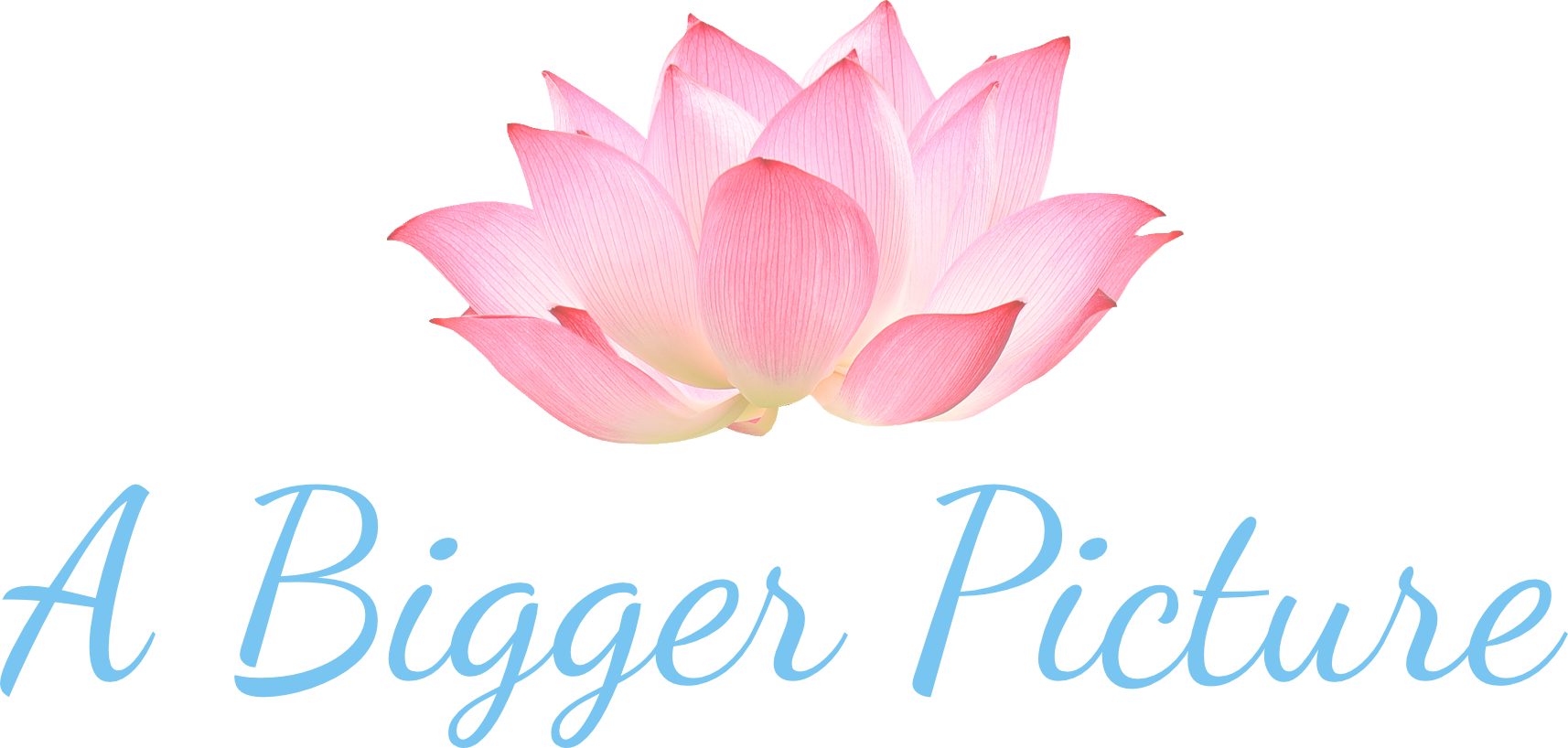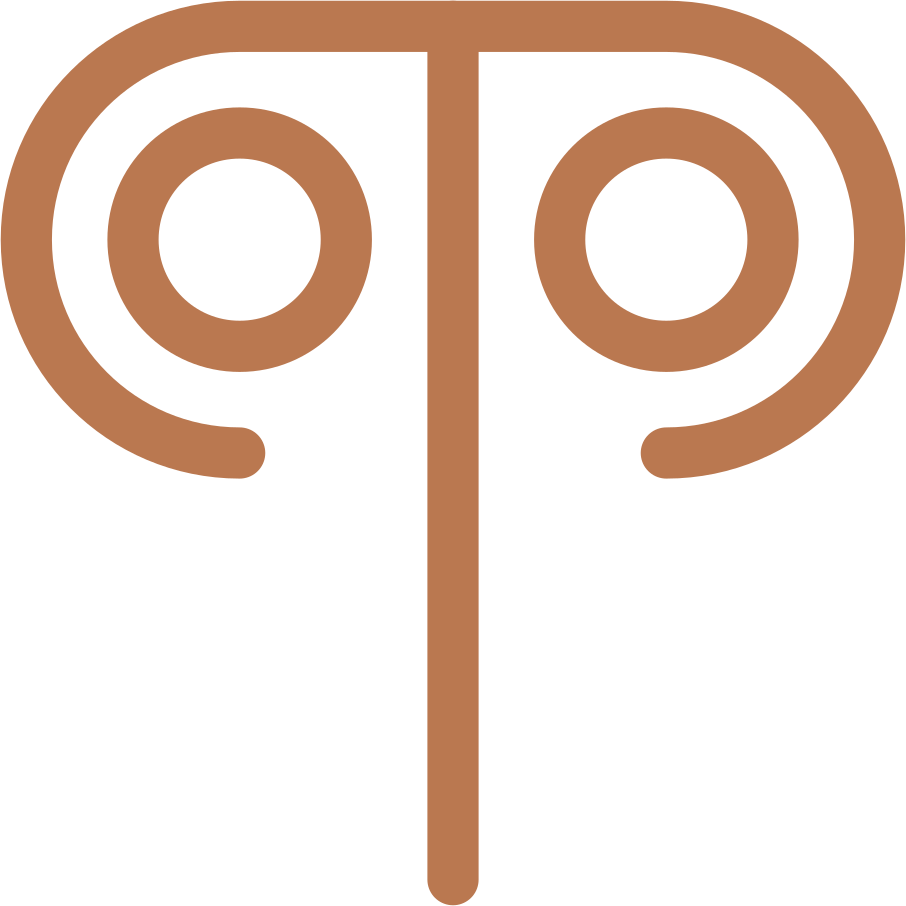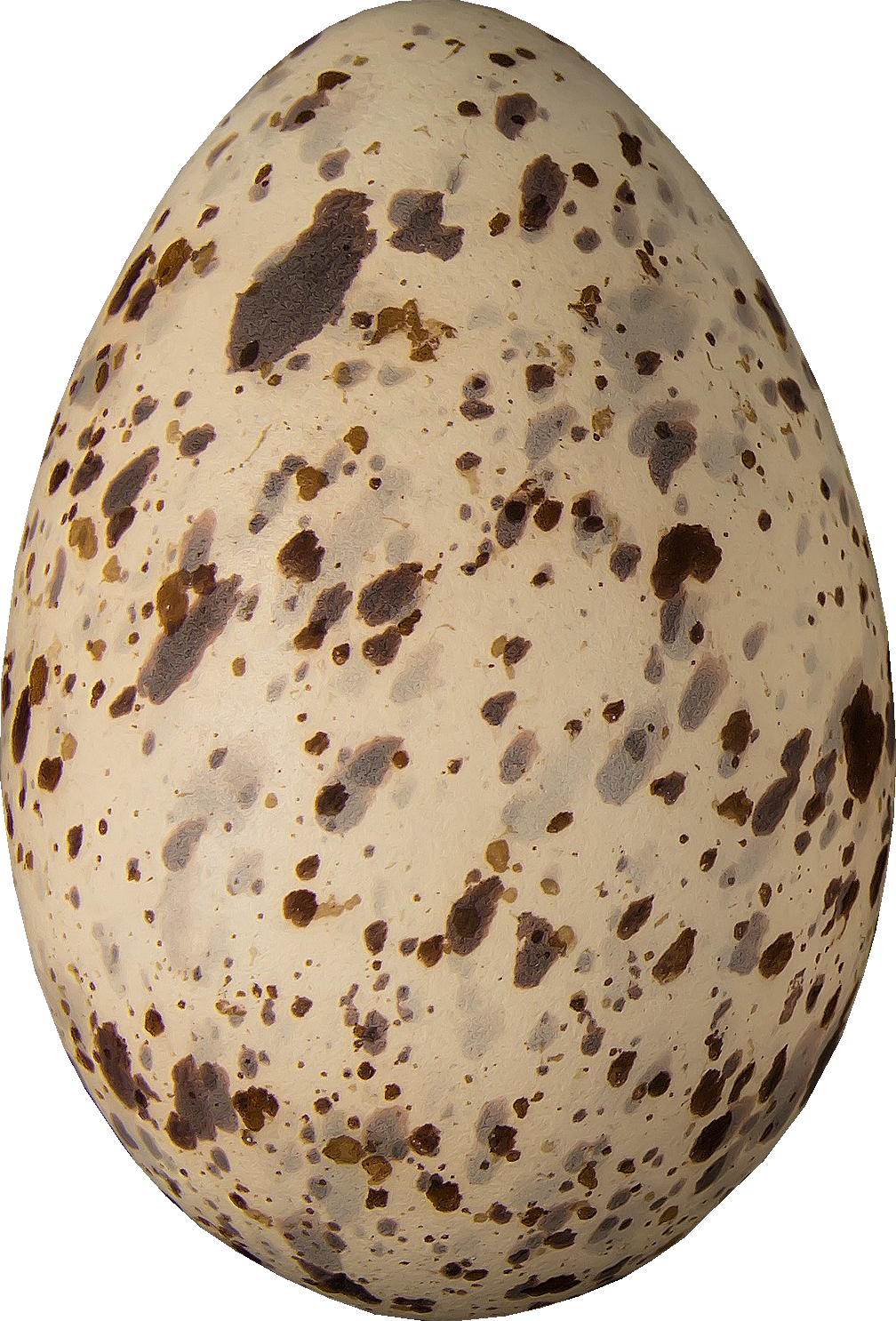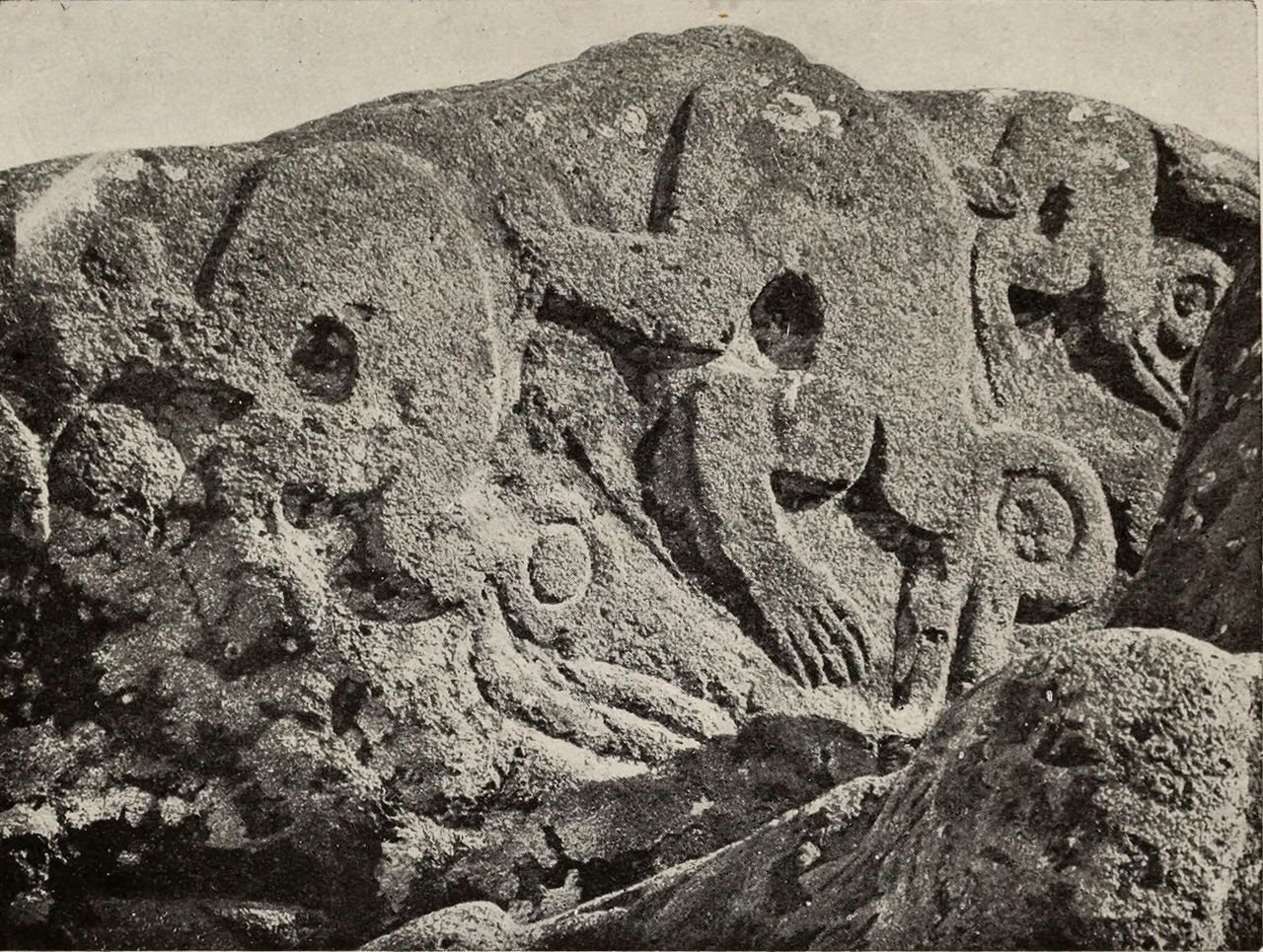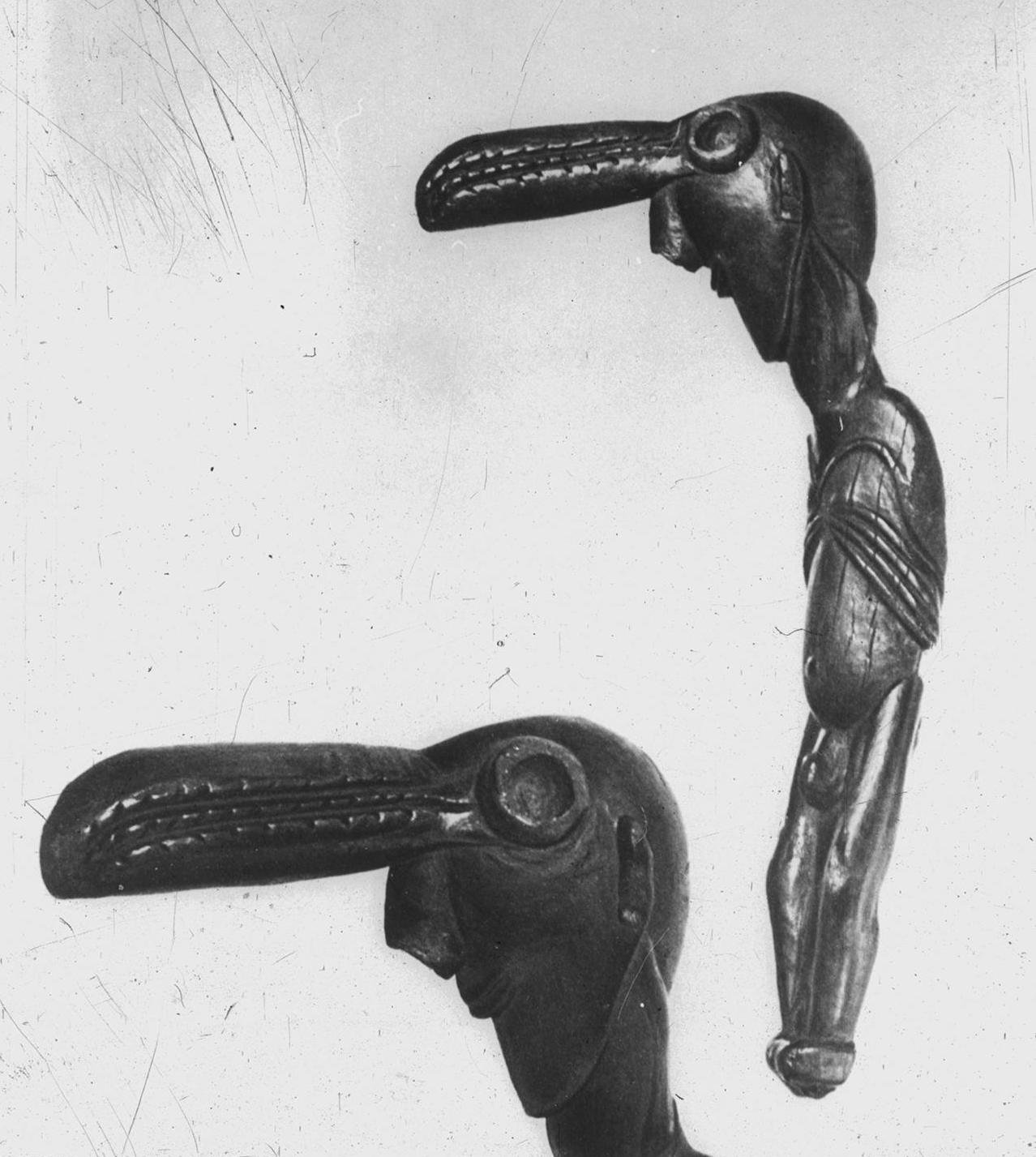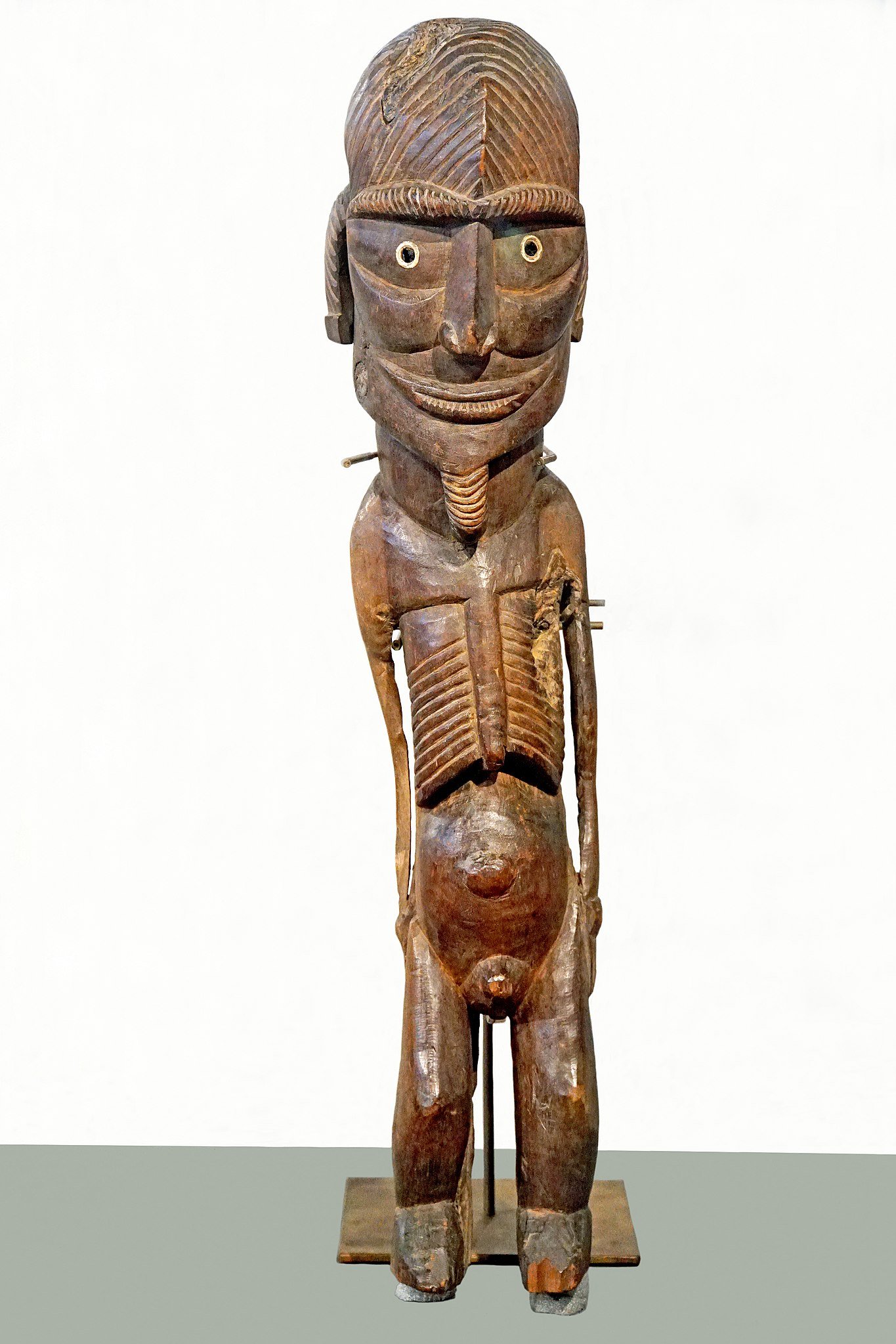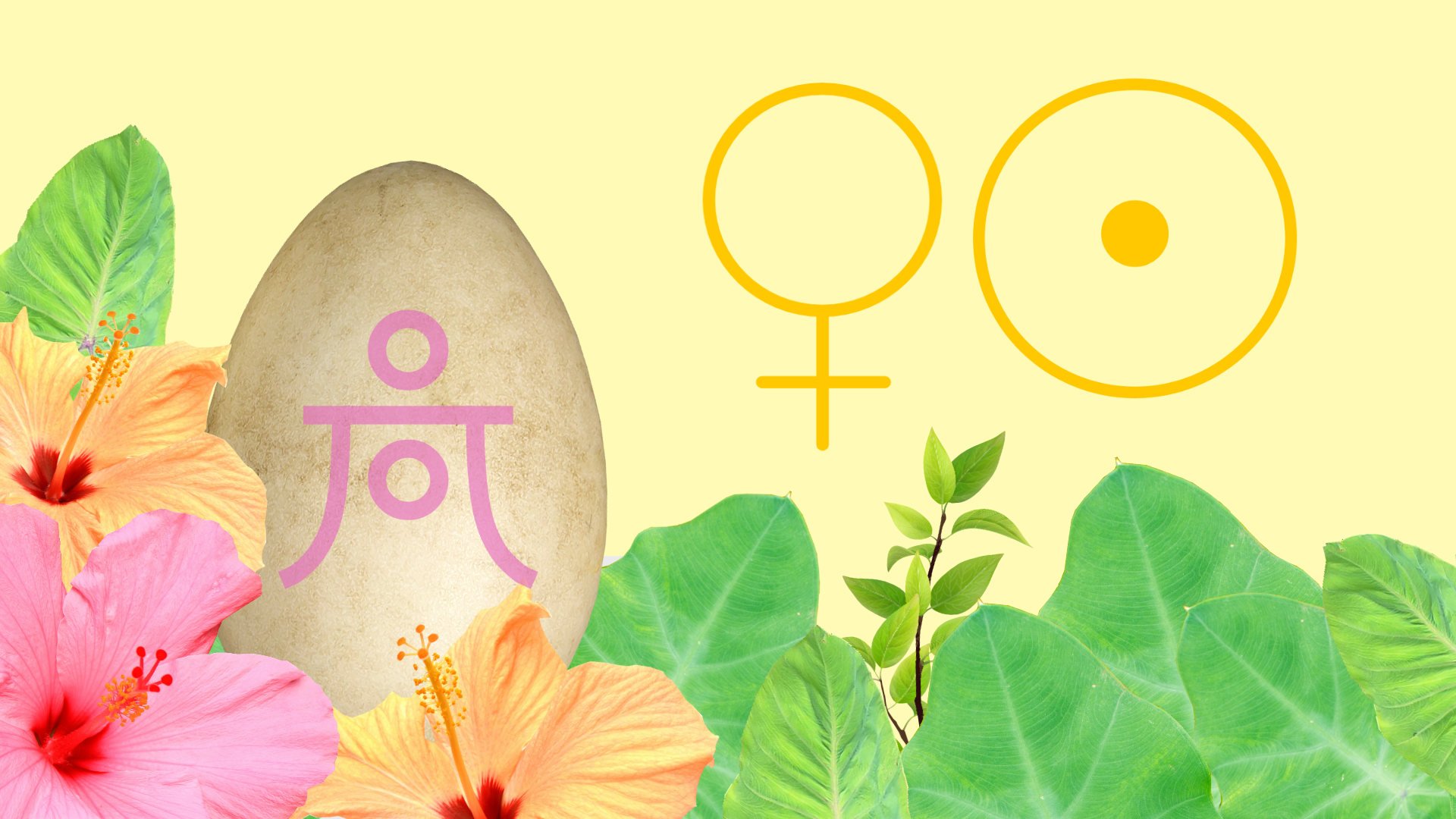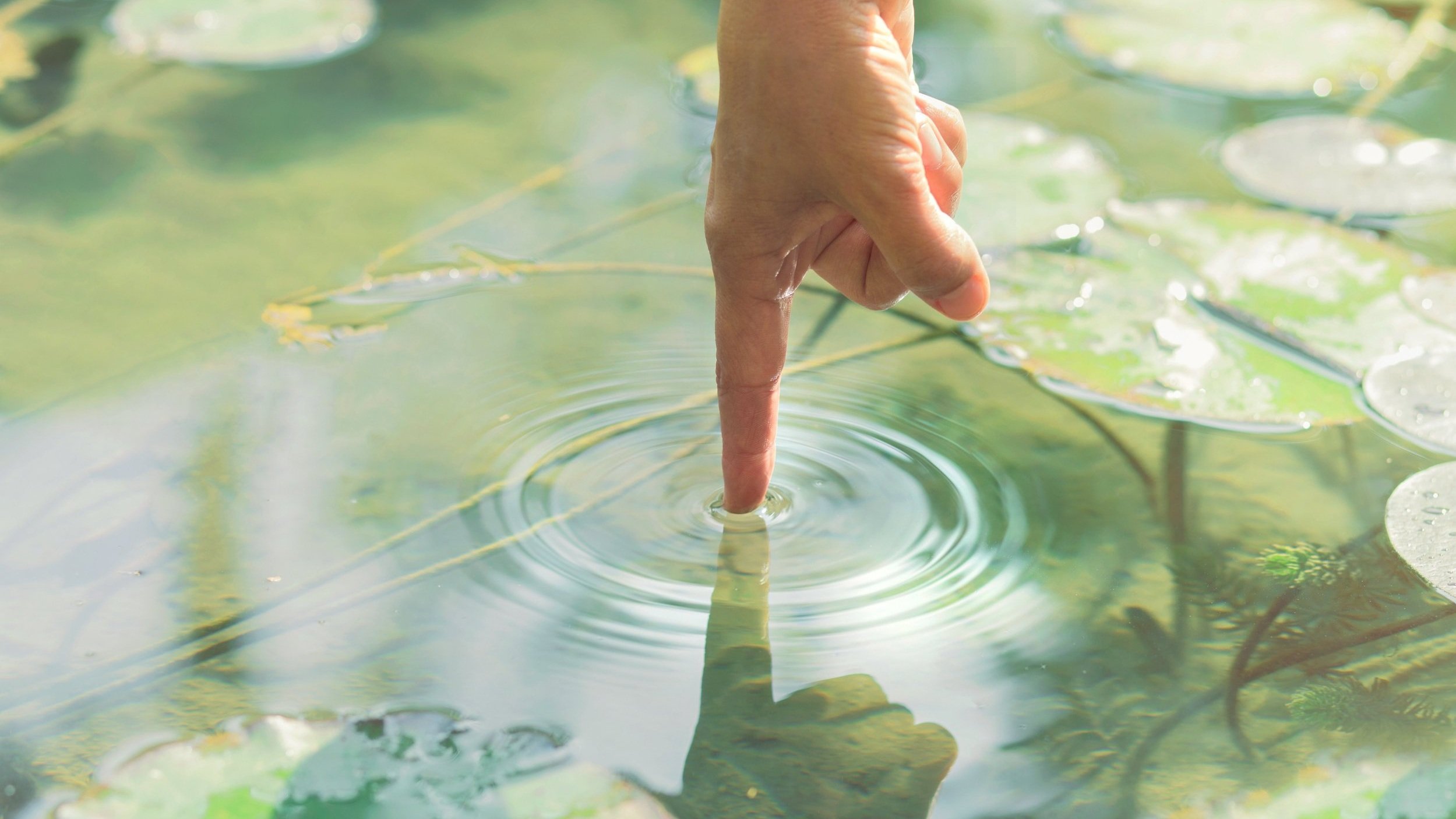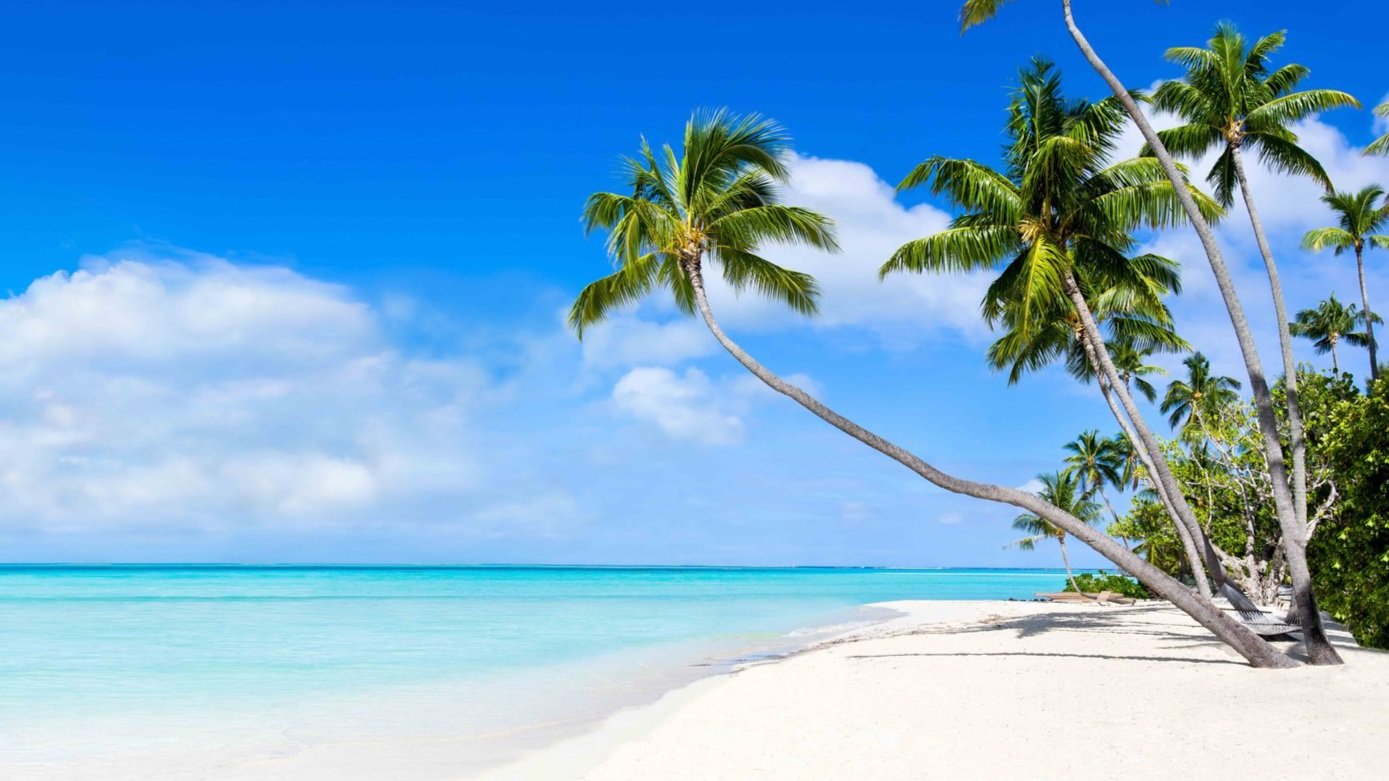Discovery Chart of MakeMake of the Rapa Nui Easter Island in Astrology Part 1
The stories around Rapa Nui have always intrigued, with their monoliths of moai with stern, authoritative faces.
The history of the island is shrouded in mystery, which is why many researchers and scientists have visited it; to figure out exactly what happened, that led to social and ecological decline. There is also conflicting information on sources that would otherwise be seen as credible, so take everything with a grain of salt, and use your intuition and discernment to draw your own conclusions. I have also found that occam’s razor certainly applies; that the simplest explanation may very well be it. The following is an astrological study of the Easter Islands’ connection to newly discovered dwarf planet MakeMake on March 31, 2005 at the Palomar Observatory, California. I used the time 10:07PM.
Please remember that the following is for the PRIMARY goal of research and study of dwarf planet MakeMake.
If your primary goal is not to understand the astrological energies of MakeMake, this article is not for you. Learn about the ethics and integrity of this work here.
I first started writing on Eris, then Sedna. Then Haumea intrigued me, and I became the content creator of The Foundations of Change course, which studies the seven year Yod of 2022 - 2028 with Haumea at the apex.
During this time, I became interested in the natural progression of the energies of the newly discovered planets. Many astrologers have written about Saturn being the last planet visible to the naked eye, and as astronomers discovered Uranus, Neptune, Pluto etc. there was a significant progression in the collective every time a new planet came onto the scene. Since I started my endeavours as an astrological researcher with Eris, I did not foresee how this ‘missing link to understanding’ would be like a pebble in my shoe… Eris, Sedna and Haumea all have goddess of the underworld themes due to the Venus/Mercury/Pluto in Sagittarius conjunction in all of their discovery charts. When I first became interested in writing about MakeMake, I initially I did not realise that MakeMake too has this underworld theme, in the Venus Cazimi… Thus, this blog will be dedicated to studying MakeMake. Although Make Make is not technically part of the seven year Yod, it is strongly activated at times, starting with the 17 September 2024 eclipse where the South Node at 6 degrees Libra conjuncts MakeMake at 9 degrees Libra. Then again with the 29 March 2025 Eclipse, the 21 September 2025, and in opposition to Neptune.
RapaNui’s Fertility god MakeMake is the Chief god of the Birdman tradition
MakeMake’s Rapa Nui island’s climate changed, due to human mismanagement of fertile natural resources.
Fertility is a highly important concept in ancient sea-fairing Polynesian culture, that is perhaps most important in the mythology, of MakeMake (pronounced MakeiMakei).
Rapa Nui culture of the time, before near total societal/environmental collapse, worshipped MakeMake, the birdman spirit, which has strong connections to the Hawaiian stories of Haumea, who had a magical stick called the makalei, which is symbolic of providing food abundantly, from nature’s natural capital and wealth. In Hawaii, nature is lush, green and provides abundantly, however, Rapa Nui island’s climate changed due to human activities, which meant that nutrient-dense foods like the egg, became paramount for fertility, on multiple levels.
The astrology of Makemake is related to bringing exhilarating change. It’s embracing the idea of initiation as a vehicle to newer wisdom and a clear spiritual path. First taking time, actively observing, and then thoughtfully moving forward to deal with any challenges, with methodical movement.
It’s understanding the need for preservation of the natural world, a connection to environmental wisdom, and to the activism and leadership associated with defending natural ecosystems.
It is the need to understand being in right relationship with nature and other people, and taking right action for the benefit of everyone. It is about being in the natural flow of one’s own divine energy, and the concept of natural law; that each human being need to find integrity, moral compass and connection with the sacred within themselves first, before they can be in leadership of others.
A previous article shows that in the natal charts of famous naturalists, Haumea is strong in those with a profound love for nature, where MakeMake is often prominent in the natal/birth charts of environmental activism leadership.
MakeMake is also about how competitiveness for resources, wrong investments, leading others astray, games, putting ‘your eggs in the wrong basket’, and ignorance can escalate. Many have travelled
to remote Easter Island to study and observe what can be learnt from the demise of ancient cultures who lived there, and their relationship to their island.
To understand the Easter Island in a nutshell, read this Wikipedia webpage. It is a volcanic island, but it has a very intriguing history. It explains that the climate is classified as humid subtropical, that borders on tropical rainforest climate, yet when make a deeper study, you will recognise that the island have undergone massive changes as a result of human population, deforestation, food production, soil degradation, and the vulnerabilities of the innate geology. Also, that MakeMake is a very important god, and there was a prominent Birdman competition that was practised until the 1860’s.
Jan J. Boersema’s book The Survival of Easter Island details that MakeMake was the highest ranking ancient god, like the Zeus of Easter Island, and the southern tip of Rapa Nui, a settlement called Orongo was at the centre of the birman cult. “Of some 500 petroglyps inventoried by Georgia Lee, around 375 represent MakeMake’s surrogate, the birdman; approximately 100 depict parts of faces; and slightly fewer depict MakeMake in his entirety. They show a simple, recognisable face with big round eyes.”
“Wilhelm Geiseler describes him with reference to Orongo as an omnipotent household deity who could be represented by the frigatebird eggs found on Motu Nui. Geiseler’s term ‘household deity’ refers primarily to the fact that most images of MakeMake have been found in a around houses at Orongo. In the islander’s view, creation was an act of procreation connected with the fertility cult, and MakeMake was evidently its very fount… He was give this name only on Easter Island; nowhere else in Polynesia does one encounter such a word.”
According to JoAnne Van Tilburg’s book Easter Island: Archaeology, Ecology and Culture, Katherine Routledge reasonably suggested that birdman symbols carved as petroglyphs and painted in house interiors at Orongo represented victorious birdmen, in much the same way that moai represented deceased, deified ancestors.
MakeMake Astrological Glyph or Symbol
According to Wikipedia, this symbol is the engraved face of the Rapa Nui god Makemake, also resembling an M. According to another page, the original writing system of Rapanui, Rongorongo, has not been deciphered - modern Rapanui is written with the Roman alphabet. This symbol resembles both an M and traditional petroglyphs of the face of Makemake, and was designed by Denis Moskowitz in collaboration with reader John T Whelan. In general, the astrological glyph for MakeMake looks like both a bird, and a mask. The name is pronounced "mah-keh-mah-keh".
A Brief Exploration of MakeMake’s Discovery Chart:
The discovery chart of the dwarf planet is very simple, yet tells an interesting story of a Venus Cazimi (a superior conjunction of the Sun and Venus), Sun, Mercury conjunction in Aries in the fourth house opposed to Jupiter in Libra making a t-square to Saturn in Cancer. Also Chiron in the 2nd house of resources conjunct Mars in the 3rd house showing wounding around resources, competition, war games, and one-upmanship as a way of life. The Moon in Capricorn is in wide conjunction to Pluto in the first house. This along with the ascendant in Sagittarius, echoes the stern, authoritative, narrow faces of the stone statues called moai, and the few surviving wood carving moai-miro statues showing intimidating, angry poking eyes, grinning mouth, and emaciated bodies. As well as the internal warmongering over who was in control of the limited natural resources. Ancient Rapa Nui culture was vastly dominated by the masculine quality, as is evident in the discovery chart as well. MakeMake entered Libra in July 2015 and will leave in 2046.
Kuiper Belt Object and Dwarf Planet “Easter Bunny”
Due to the new classification for classical Kuiper Belt Objects done after the discovery of MakeMake, the Kuiper Belt Objects are now on par with Pluto, and we know Pluto has a very, very powerful, underworld, plutonium, atomic energy. See this list of the brightest Kuiper Belt Objects, as well as astronomer Mike Brown’s list of dwarf planets.
The Kuiper Belt objects bring hope, change, expanded thinking, soul purpose, and quantum leaps into our consciousness.
According to Wikipedia, Makemake was discovered on March 31, 2005, by a team at the Palomar Observatory, led by Michael E. Brown, and was announced to the public on July 29, 2005. It is the brightest trans-Neptunian object after Pluto, and is a Kuiper belt object with a diameter approximately 60% that of Pluto. Makemake follows an orbit very similar to that of Haumea: highly inclined at 29°, and has one moon nicknamed MK 2. Before official naming, the discovery team used the codename "Easterbunny" for the object, because of its discovery shortly after Easter. In July 2008, in accordance with IAU (International Astronomical Union) rules for classical Kuiper belt objects, 2005 FY9 was given the name of a creator deity.
The name of Makemake, said to be the creator of humanity and god of fertility in the myths of the Rapa Nui, the native people of Easter Island, was chosen in part to preserve the object's connection with Easter, which is obvious in multiple ways.
The island was originally named Easter Island by the Europeans who arrived there on Easter Sunday in 1722. It was later that the synchronicity of the egg hunt become quite apparent… In the annual egg hunt on the island Moto Nui.
Both dwarf planets Haumea and MakeMake should have been discovered a long time ago. This video explains that when MakeMake was discovered, it was its furthest from the ecliptic, which means that as second brightest object from Pluto, it was quite visible with the technology we had at the time, around 1930. When Makemake was in Taurus we already had the capability to spot it, but due to it being so near to the milky way and its multitude of distractions and light, it was not ‘found’. As of April 2019, MakeMake is 52.5AU from the Sun, almost as far from the sun as it ever reaches on its orbit. In mid 2022, MakeMake was around 8 degrees Libra. In terms of orbit around the sun, it takes:
Pluto 248 years
Haumea 285 years
MakeMake 305 years
Eris 558 years
Sedna 11,408 years
Easter is a three day and three stage Christian tradition that celebrates the rebirth of Jesus Christ, three days after he was crucified and died on a cross; death, rebirth and elevation. If you study and ponder the story of MakeMake and the birdman competition, there are similar themes regarding societal death, involving one way of being collapsing completely, for another to rise in its place. This includes the very foundation of society, collective values, system of government, religious institution, social consensus etc. From a certain point of view, it would seem to outsiders that Rapa Nui’s population was completely obliterated, yet from a larger perspective, empires come and go, and get replaced by a new regime, all the time. Cultural
identities, consciousness, authority, sovereignty, and values, change with the rhythm of nature, and what is outworn, wears out and disappears. What is not sustainable, or worth perpetuating, leaves, and if something is really of value, it may return, perhaps in a new form, and show us true longevity. According to this website, the religious practice that persists in the island up to this day is called Ivi Atua, and it is based on the immortality of the soul. It is believed that the spirit of the ancestors came to help them when they needed assistance. Their believes are said to revolve around MakeMake, and the mana ,which is the spiritual, sacred power believed to be shared by the chiefs of the tribes, and their priests.
Rapa Nui’s Culture and Fertility
Surviving traditional art is dominated by the birdman. There seems to be an obsession with fertility and obtaining it, that took rather literal meanings in the creations, like the moai, birdman artwork, and being the birdman.
The moai stone statues stood and guarded over the settlements, and being the birdman for the next year brought significant privileges.
Oral tradition states the island was first settled by a two-canoe expedition, originating from Marae Renga (or Marae Toe Hau – otherwise known as Cook Islands), and led by the chief Hotu Matu'a and his captain Tu'u ko Iho. The island was first scouted after Haumaka dreamed of such a far-off country; Hotu deemed it a worthwhile place to flee from a neighboring chief, one to whom he had already lost three battles. The Cook islands are beautiful and fertile, one can only wonder what life was like for early migrating seafarers arriving in Rapa Nui. The traditional staple vegetables they likely brought with them did grow, like taro and sweet potato, and they were able to construct canoes to fish, but would run into problems generations later, that saw civil war, famine, homelessness, social control, and potentially even cannibalism.
According to Wikipedia, estimated dates of initial settlement of Easter Island have ranged from 300 to 1200 CE, though the current best estimate for colonisation is in the 12th century CE. Easter Island colonisation likely coincided with the arrival of the first settlers in Hawaii. They were a society of hereditary chiefs, priests, clans and guilds of specialised craftsmen who potentially lived in isolation for 1,000 years due to limited resources. Just 14 miles long and 7 miles wide, the island is more than 2,000 miles off the coast of South America and 1,100 miles from its nearest Polynesian neighbour, Pitcairn Island. The scale of isolation is immense.
It was believed that the living had a symbiotic relationship with the dead in which the dead provided everything that the living needed (health, fertility of land and animals, fortune etc.) and the living, through offerings, provided the dead with a better place in the spirit world. Most human settlements were located on the coast, and most moai were erected along the coastline, watching over their descendants in the settlements before them, with their backs toward the ocean.
Moai was first seen as protecting ancestors, but the forefather ‘worshipping’ seems to have been abandoned as the warriors pushed for the Birdman contest instead (Venus Cazimi conjunct Mercury in Aries).
Something major happened that eroded Rapa Nui social order, and this is the mystery that is captivating researchers and scientists. Since an earthquake and tsunami destroyed coastal cities in Peru in 1746 (also in 1868), this is a strong possibility, as the catacombs and remains of the ancestors were placed near the ocean, underneath the moai and the ahu platform foundations that held them up. If this had been the case, some remains may have been washed away, yet the giants stayed. Watch this video exploring the island via drone footage, it’s really flat in some areas.
Research show there was some major upheaval after, which the excavation and carving of the statues suddenly ceased and were toppled, as if the population suddenly lost their belief in what the moai represented, in terms of protection and fertility. The warrior’s competition for the survival of the fittest, with the help of spirit MakeMake due to not being able to manage their resources properly, seems to have taken precedence over all they had known before.
Social Ambitions, Ecocide and Scarce Resources
In his book Collapse: How Societies Choose to Fail or Succeed, Jared Diamond suggested that cannibalism took place after the construction of the moai-based religion contributed to environmental degradation, when extreme deforestation destabilised an already precarious ecosystem. Archeological record shows that at the time of the initial settlement the island was home to many species of trees, including at least three species which grew up to 15 metres (49 ft) or more. At least six species of land birds were known to live on the island. A major factor that contributed to the extinction of multiple plant species was the introduction of the Polynesian rat. Studies have shown rats can dramatically affect the reproduction of vegetation in an ecosystem.
Many species of tree and land birds may have became extinct through a combination of over-hunting, over-harvesting, etc. as natural resources diminished.
The troubles and decay of ancient Rapa Nuian’s food supplies, culture and their religion may have started before European colonisation, due to many influences. There were slave traders that came to steal men and women away. Food and other resources were taken, and the spread of new diseases like smallpox from passing ships also decimated the population. It was the only land in the middle of nowhere, that some outsiders might have frequently pillaged. Some experts say there is a lack of research into European negative influence and atrocities committed, due to the fixation on environmental disaster, and over-interest in potential mismanagement and overpopulation. European and American sailors visited, French traders and missionaries, Peruvian slave raiders, Chilean imperialists, and even Scottish ranchers who introduced sheep, and herded the locals in one small area of the island. Whatever the culminating factors, the fact is that throughout Polynesia there had been a paramount chief ‘ariki mau’ that held the original power over society, but over time the chief’s omnipotence declined (possibly due to many stressors) and the secular power on Rapa Nui was seized by a warrior class (matatua) with increased acts of warfare.
Is it possible, that the abandonment of the ways of the forefathers, was an epiphany realisation that they were putting ‘all their eggs in the wrong basket’?
Did blind devotion to religion or habitual competition deplete resources of wood, rope etc.? Making elaborate burial sites and statues for great leaders gone… instead of honouring the sovereign living self in the now moment? Obsessing over one thing, while neglecting another?
Did the adaptation to the Birdman competition instead, enable them to stop being victims, and instead, become victors who would enjoy the spoils of their wins?
Was this change over - in who had the important status position - for personal satisfaction? To fatten and rest up the Birdman? For spiritual guidance purposes? Or perhaps they simply refused to be a victim of other's looting behaviour, or negative influence. Keep reading to understand how these questions came about…
This astrologer explores the likely discovery chart of the Easter Island itself, and draws some interesting conclusions regarding the strong characteristics of Rapa Nui as an island with its own highly unique culture and values.
“If you’re asking what the downfall of a tiny island in the Pacific Ocean in the 18th and 19th Century might have to do with your life, consider the underlying power mechanics of slave labour and viral epidemics, wise use of the earth’s resources, the destruction of spirituality, and loss of local culture and a sustainable food supply. We are now reliving Rapa Nui’s disaster on a global level.
Makemake tells us that we must become very clear about the real story behind the accepted headlines, who is really creating the difficult global situation we find ourselves in?”
MakeMake and Three other Deities who Presided over the Birdman Contest
Makemake, as a face with large eyes or perhaps a skull with large eye sockets and a bold phallic nose, is a frequent subject of the Rapa Nui’s mask-like petroglyphs.
According to Wikipedia, Makemake in the Rapa Nui mythology of Easter Island, is the creator of humanity, the god of fertility and the chief god of the "Tangata manu" or bird-man sect (this sect succeeded the island's more famous Moai era). He appeared to be the local form, or name, of the old Polynesian god Tane. He had no wife, nor mother. It is Makemake who was believed to drive the birds from place to place, finally bringing them to nest on the islet of Motu Nui for the warriors to find, but four gods were associated with it: Makemake, Haua-tuꞌu-take-take ('Chief of the eggs', usually simply called 'Haua'), vîꞌe Hoa (Haua's wife) and vîꞌe Kenatea. Each of the four gods had a supernatural servant or priest, whose "names were given" in the ceremonies. The ivi atua was the 'seer' who has the vision to select who swam to Motu Nui. A hopu was one of those who make the swim to the islet to provide food to warrior contestants. The hopu manu were those who served the tagata manu, upon finding the first sooty term egg, took it to Orongo.
Tangata Manu Birdman, and the Competition for Privilege
Wikipedia describes that when resources disappeared, and overpopulation became a massive factor, warriors known as matatoa gained more power and influence and the Ancestor reverence (moai-based) ended, making way for the Bird Man reverence. Beverly Haun wrote, "The concept of mana (power) invested in hereditary leaders was recast into the person of the birdman, apparently beginning circa 1540, and coinciding with the final vestiges of the moai period." This cult maintained that, although the ancestors still provided for their descendants, the medium through which the living could contact the dead was no longer statues, but human beings chosen through a competition. It entailed the strongest and bravest warrior of a group, and also those chosen through divination as the leader, who were selected each year to bring home abundance and fertility to the fortunate group who won.
The god said responsible for creating humans, Makemake, played an important role in this process. Katherine Routledge, who systematically collected the island's traditions in her 1919 expedition, showed that the competitions for Bird Man started around 1760, after the arrival of the first Europeans, and ended in 1878, with the construction of the first church by Roman Catholic missionaries who formally arrived in 1864. Petroglyphs representing Bird Men on Easter Island are the same as some in Hawaii, indicating that this concept was probably brought by the original settlers; only the competition itself was unique to Easter Island.
The Tangata manu ("bird-man," from tangata "human beings" + manu "bird") was the winner of an annual traditional competition on Rapa Nui, much like a Iron Man triathlon today, but with great risk to life. The ritual was a competition for selected warriors to collect the first sooty tern egg of the season from the three islets, and swim back to Rapa Nui. The mission was dangerous, with steep cliffs, the danger from sharks, or drowning. Many died in this process, either to hunt for the first egg as the warrior, or those who carry food to the warriors they were serving. Once the recovery of the first egg was announced from the island, the winning warrior’s tribal sponsor, and the contestants, waited at the stone village of Orongo for his arrival.
In the two images below, see the three islands Moto Nui (large one), Moto Iti (tiny islet), and Motu Kao Kao (the sharp, tall islet). From the sheer cliffs of Orongo, people watched on a narrow ridge between a 1,000 foot drop into the ocean, and a deep crater on the other, for news about who obtained the first egg…
The first unbroken egg collected bestowed significant rights and benefits to the victor, and those of importance who he represented.
The successful contestant’s sponsor or clan leader would then be declared tangata-manu (Birdman), and was entitled to gifts of food and other tributes (including them having sole rights to collect that season's harvest of wild bird eggs and fledglings from Motu Nui). These are highly desired, nourishing nutrient dense food. The winner went into seclusion in a special ceremonial house. Once in residence there, he was considered tapu (sacred) for the next five months of his year-long status, and allowed his nails to grow and wore a headdress of human hair.
According to Wikipedia, the birdman would spend his time eating and sleeping, and would be expected to engage in no other activity but this leisure. What does this mean?
From a westerner’s point of view, it’s not hard to see how this indulgence - based on having year long social license to access the natural resources on small island Moto Nui would lead to social problems…
Yet according to The Survival of Easter Island by Jan J. Boersema the ‘crowning’ of the birdman, was also the ‘crowning’ of the island’s new spiritual and social leader. “The tangata manu became the temporary representative of MakeMake on earth, reigning supreme on this tiny island, which the islanders believed to be the navel of the earth.” It is also said that the selected Birdman would meditate and stay in seclusion, after which he would bring the valuable visions and spiritual insights he encountered back to his community.
There is the potential that the Birdman contest would ensure that one person is well fed and rested, while he takes the shamanic journey within, to commune with spirit for solutions to societal problems… Also to gain restoration of the human body’s vitality, through nutrient-dense foods, to enable spiritual renewal; to come back with profound wisdom that are valuable for his group. This may be the very crux of what gave this tradition social license in the first place…
Initiation and Attunement to Spiritual Guidance and Divine Insight as god of the Underworld
Researchers and scientists found abundant evidence of spiritual practices, ceremonies and rituals, but from their writings, it seems they don’t understand it. Perhaps they could not understand because it was not part of their culture. Also much of the traditional knowledge has been lost. The most sacred area at Orongo is called Mata Ngarau. Priests are said to have chanted and prayed for success in the annual egg hunt here. The priests were termed ivi-atua (people of the god). The Rapa Nui culture of the time were still adhering to spiritual tradition, contributing for collective good, and following some leadership with established reputation, but now everything centered around the leadership of the birdman, and who would be the spiritual authority of the servants of the four gods (including MakeMake), that were still sacred.
To be a receiver and interpreter of divine insight, as an authority figure that others would look up to, was highly honoured, as the Birdman carvings showed…
But eventually the priests were killed, whether that was before or after social order broke down. The population declined and there was nobody left who was able to read the sacred symbols that were found on tablets, which to this day are un-deciphered. This 1938 book reveals that the tablets were most likely used by priests during chanting. See the image below for the rongorongo symbols.
For western researchers and scientists, it may be obvious that the Tangatu-mana ceremony seems to have been part of a deep transformation in power balance, religious beliefs, and social structure on the island, even though the practical dynamics of it is less clear. The Birdman lived sequestered for a significant time in the year he held the position, and he and his clan enjoyed food, controlled food production, and enjoyed other privileges.
There is potential that great hope and expectation was placed on the tapu (sacred) Birdman. To obtain the initiation needed to facilitate communion with the divine spirit, to gain insight. It seems to have been assumed that this was established during the seclusion time.
In ancient tradition, many aboriginal societies had individuals who were chosen to go into seclusion for initiation, to obtain sacred training; for the valuable evolution and sacred knowledge that are beyond the limitations of the human mind. This time of isolation, and the benefits derived from it, are a life-long dedication and commitment.
To think that this can be achieved from mere seclusion in a hut for less than a year, is an illusion…
The training and initiation of the true Shaman or high priest takes many years.
They have to go through their own darkness and many obstacles to be ready for the tremendous social responsibility, when they do eventually serve their community. Why? It’s an experience that entails tremendous change and transformation of that person’s entire being. This is how they are able to to look at things from a different point of view, that is wisdom-filled and maverick. This is why they normally become the elder that is looked up to, by going through the rites of passage that many before them have undergone. This is the vehicle to valuable wisdom and a clear spiritual path. They let go of the illusion of control, and learn to see with inner sight. Allowing. They relax and are patient, as they read the signs and omens carefully. They may meditate, and in this transitory phase, uncover the mysteries.
This is not a one year achievement… unfortunately…
Yet, still, a seat at the table of divine spirit held great value, which is potentially why this connection with the spirit of MakeMake, and being the direct servant as the Birdman, was looked up to.
Since Easter is connected to the mythology of MakeMake due to the naming of the island upon discovery, let us briefly consider what is known as ‘The Last Supper’ of Jesus Christ in the Christian tradition.
The last supper is the last meal Jesus had with his twelve closest apostles and servants, as is told in the bible book of John. Jesus - having achieved sacred communion with the divine - had foresight that one of this followers would fall for the temptations of being human, and betray him. He even named the deceiver. And right as rain, when the rooster crowed three times, Judas had betrayed him for a personal benefit. The authorities arrested Jesus, which led to his crucifixion, death, rebirth and elevation. Today, this is remembered as… Easter…
The Rise of the Warrior Class and Eventual Spiritual Erosion of Easter Island
With the rise of the warriors as leaders in the social sphere, the birdman ceremony took on a more political profile, becoming a system that allowed the warrior class to justify its power. Now, the leaders would be chosen among the winners of an annual competition, and not for hereditary or warlike reasons, which was fairer for all parties. With the new method, leadership was alternated between different groups, based on the annual race to find an egg. The leader of the winner of the quest, was consecrated as the bird man, becoming the representative of Make Make on earth for a year, a period during which his group received special privileges.
In Rapa Nui at the time, it seems possible that there may have been some abuse of position, or misplaced trust. At what stage was there a realisation that some leaders/high priests had feet of clay, and that idolising them - literally putting them on a pedestal - may have been a mistake, at the expense of individual sovereignty (a Venus cazimi moment of sorts...)
The wood carvings of emaciated figures show that some in society might have endured significant hunger and suffering, so that others can enjoy privileges.
With Eris so prominently placed conjunct the North Node in Aries, it is possible that ENVY may have played a contributing factor in eventual social breakdown, and the slaughter of priests, who previously held sacred knowledge, influence and status in society…
This encyclopedia describes that theft was a common occurrence, with items stolen from both Europeans and other Easter Islanders, in early historic times. Revenge was a major form of social control, that often led to warfare, rather than peace. Taboo violations were reportedly rigorously enforced. Tribal wars, ambushes, burning and looting happened between eastern and western factions, and the western side had more fertile soil.
Above is a rock carving of birdmen. It’s not certain what they are doing, but they may be engorging and fattening themselves on their privileges.
Perhaps at the time, there was a need for calming the ego, resisting the temptation to indulge in low vibrational actions, and for temperance of those in high society.
How is obtaining a genuine seat of the table of the spirit of MakeMake as high priest to be achieved with all the win over others, and defeat of others bullshit? Restorative high vibration and destructive low vibration don’t co-mingle…
The Venus Cazimi in MakeMake’s chart shows that the over emphasis on masculine energy completely eclipsed the feminine (Venus), to the point where the only avenue for them to access a worthy balancing force, was through the feminine wisdom that came through connecting with spirit as the wisdom-keeper, high priest, or shaman. But perhaps they were not successful in tapping into this graceful force found in the inner world.
Jan Boersema describes that upon hearing that a warrior had obtained the first egg, the leader and next Birdman would shave off all his hair in ritual, and spend less than a year living like a recluse, perhaps only visited by people who asked his advise on matters. “His uncut nails resulted in the extremely long fingers seen in the petroglyphs and wood carvings and on some moai, on which the arms and hands have been carved into the abdomen in bas-relief.” However, it is not certain if the Birdmen attained what they set out to gain in seclusion… or perhaps they did after all… enjoying rights to the delights of the three Moto islets… while other groups went without… These are the questionable shenanigans that may eventually have been realised…
Although the system created to distribute power represented a good political solution, over time it failed because the winning clan did not want to lose the privileges achieved and would result to all manner of cheating to remain in high society. Abusing power with negative thought patterns. But this backfired…
This article describes how the the birdman tradition degenerated over the years, due to many shenanigans put in place to hold onto power, that triggered more competition, brutality and rivalry. The injustice and unfair rules evolved until the arrival of the first missionaries who considered this practice contrary to the Christian faith and ended up prohibiting it.
European, and Religious Influence
According to Wikipedia, Katherine Routledge, who systematically collected the island's traditions in her 1919 expedition, showed that the competitions for Bird Man started around 1760, AFTER the arrival of the first Europeans, and ended in 1878, with the construction of the first church by Roman Catholic missionaries who formally arrived in 1864. Is it possible that the Birdman contest was part of a reaction, to forced attempts at religious influence or submission to dominance, and the annihilation of Rapa Nui beliefs, idols and social structure?
Was the Birdman contest a way for the locals to use the resources to their advantage, to gain spiritual insight and awareness, regarding the various outside influences that were systematically stealing from them; everything… on every level…
According to this article, English sailor Captain James Cook arrived on Easter Island in March 1774, and after exploring it was so disappointed that he noted: “No nation should seek the honour of having discovered this island, since few places are so badly provided for the supply of ships“. After spending a few days, to take samples, make studies and sketches, Cook undertook his return to the west when he did not find enough water and food to stock up.
Cook’s statement says a lot about what happens to a tiny island in the middle of the ocean with limited resources…
Had the island never been found, the locals may have been enjoying a life lived on their own terms, dealing with issues by reading the signs in nature, and heeding the omens well in advance.
Collective indigenous wisdom had an innate understanding of the interconnectedness of all things…
According to Wikipedia, the Birdman cult was suppressed by Christian missionaries in the 1860s (which is when it reportedly came to an end). The origin of the cult and the time thereof are uncertain, as it is unknown whether the cult replaced the preceding Moai-based religion or had co-existed with it. This is a contradiction to what Katherine Routledge said.
There are also multiple accounts, like in the book Consequences of Contact: Language Ideologies and Sociocultural Transformations in Pacific Societies edited by Miki Makihara, Bambi B. Schieffelin that multiple Polynesian cultures were restructured in terms of social and political life after contact with missionaries of Christianity. It spurred profound social change, irrevocably transforming linguistic ideologies and practices.
Guardian of Ecosystem Fertility
Makemake is highly relevant with regards to questions of personal and collective survival and sustainability.
Many wonder about the direction that the moai face. Are they placed facing the ocean to scare off invaders or newcomers, or are they facing the land in a protective circle? Above is an image of Ahu Akivi, that are the only moai that face the ocean. These massive statues weighed between 20 - 270 tons each and were carved out of a quarry on the island, and then “walked” in a rocking tilt and swivel motion, potentially with the use of ropes on multiple sides, to the coastline. See this video for a demonstration. However, the people potentially stopped believing in the moai as their ancestor’s providence and protection, as their local predicament, severe isolation, and vulnerability to outside forces increased. In his book The Survival of Easter Island, Jan J. Boersema explains that the sudden end of the statue creation is a mystery, and its very sudden cessation raises questions that have not been answered satisfactorily. He writes that the second enigma involves the sudden destruction of the statues and their ahu platforms, a phenomenon first reported by European seafarer Captain Cook. “Between his 1774 visit and the second half of the nineteenth century, all of the moai erected outside the quarry were toppled, but how, why and by whom remains a mystery.”
According to Wikipedia, 21 species of trees and all species of land birds became extinct through some combination of over-harvesting, overhunting, farming intensification, rat predation, and climate change. The island was largely deforested, and it did not have any trees more than 3 metres (10 feet) tall. Loss of large trees meant that residents were no longer able to build seaworthy vessels, significantly diminishing their fishing abilities. Deforestation also affected agricultural production. At first, the native tropical forests provided ideal shade cover for soil, but with many of the native forest being destroyed, the topsoil became eroded causing a sharp decline in agricultural production. This was further exacerbated by the loss of land birds and the collapse in seabird populations as a potential source of food.
Is it possible that upon rapidly losing the fertility of their ecosystem and social order, the people of Rapa Nui suddenly realised the madness of competitively (Aries) carving these statues from stone and wood, when they were ‘putting all their eggs in the wrong basket’?
Jan’s book explains that the pre-European story of the island is more a story of continuity and change, than of collapse and disappearance.
The islanders managed to adapt to deforestation, and the consequences it had for social and religious traditions. It speaks of resilience.
“The emergence of the birdman cult was in keeping with the change in ecological conditions, which prompted Paul Bahn and John Flenley to speak in this context of a ‘turn to a new religion centered on the environment’, a kind of eco-religion. Yet there seems to have been gradual impoverishment and loss of quality, with regard to both nature and culture.”
Cazimi Venus in the Heart of the Sun
“Cazimi” is a (Latin, by way of Arabic) astrological term that refers to a planet being “in the heart of” the Sun. During a cazimi, we often experience a moment of searing clarity, naked truth, and empowered perception.
According to this website, that explains the astrological phenomenon of cazimi quite eloquently:
“While Mercury cazimis can bring intellectual epiphanies and breakthroughs, Venus cazimis welcome aha moments of the heart. They help you connect more deeply to yourself, others, and to Venusian themes like art, eros, and pleasure.”
The people may have experienced multiple increments of this realisation, as they progressed…
However, there are two types of this conjunction; a superior and an inferior. Venus makes a superior conjunction every 8 years. The 30 March 2005 Venus/Sun conjunction was a superior solar conjunction, which signifies a loss of Venus’ energy.
The story of the birdman shows that the people of Rapa Nui may have recognised at first, that a raffle of sorts, was a fair way for some individuals within small groups of people, to get to enjoy and indulge in the delights that were important to them. Why? The Sun and Venus are both at 11 degrees Aries. Mercury is at 6 degrees Aries in the discovery chart of MakeMake When a personal planet comes within 1 degree orb of influence to the Sun, it is said to have a powerful effect. A planet this close to the sun is considered “under the beams” and it can’t be seen in its own light. Under normal circumstances, Venus is connected to love, beauty, the feminine, indulging in the senses, and connection, and in cazimi, Venus her energy disappears.
In ancient mythology, as Venus steps into the cazimi (heart of the Sun) she is described as entering into the underworld. This is marks the time period that she cannot be seen in the sky and once she moves out from the Sun’s rays and back into view she is reborn as the evening star. Multiple other articles on this website, have described this cycle of Venus reflected in the stories of Persephone, and also Inanna’s descent into the Underworld. In this myth they embark on a heroine’s journey, where they experience trials, ordeals, and even death before being reborn anew. This is the spiritual rite of passage and rebirth.
Just as Venus/Persephone/Inanna descends into the underworld in order to be born anew, so too the energy of MakeMake calls us into the depths of ourselves to shed what no longer serves us and find integration and wholeness.
The Sun is represented by vitality, fertility, energy and happiness. In the tarot, the Sun card is associated with fertility as well, which may provide further symbolic strength, regarding why the feminine Venus is “eclipsed” by the fertility of the Sun in Aries. Mercury is unfortunately out of orb in the discovery chart to be in cazimi, but close enough to count as a conjunct.
Aries is the youngest sign in the zodiac, and in both the positive and negative can be selfish, self-centred and bold in seeking its desires (Sun/Venus). This cluster of Mercury, Venus and the Sun is opposed to Jupiter in Libra, which shows the see-saw indecision regarding Me versus them (Aries - Libra). The opposition is square to Saturn in Cancer, which ultimately puts the pressure, on taking responsibility (Saturn) for providence (Cancer) and sharing resources (8th house), that a social consensus of sorts had to be reached. And reached, it seems to have been.
From the astrological perspective of the MakeMake chart, the birdman competition seems to have been a unique solution to the collective desire for fertility, sustenance, and enjoying the abundance that was left to enjoy, and with the Venus principle missing…
This is a stark choice to make, to both indulge and share when the resources are limited. Thus the winning group gets to engorge themselves, and the losers have to contend with being skeletal and emaciated...
More astrological evidence for the understanding of the characteristics of MakeMake comes through Eris in Aries at 20 degrees, conjunct the North Node at 22 degrees Aries, opposed to Jupiter at 14 degrees Libra, square Saturn at 20 degrees Cancer. With this t-square configuration in the chart, it would seem that the islanders were ultimate content with the MakeMake “Chief of the Egg” solution (Saturn in Cancer), and the fact that they had to fight for their individual survival (Aries), and ensure their nourishment (Cancer), and not fear the social consequences (Libra).
The artwork also seem to represent the energies is in the discovery chart; Aries, Saturn at t-square apex, Moon in Capricorn, and Eris themes. Both the moai-miro wooden carvings and the large stone moai statues sport a variety of the themes and characteristics of these planets and placements: like large eyes, pronounced brows, deep eye sockets, large noses, powerful jutting chins, bold heads, a little tuft of hair on the chin, etc. Clearly they had deeply sunken eyes, reduced by long suffering and starvation to skin and bones. In Jan Boersema’s book, there are also stories of the MakeMake face mask, also representing the female and/or male genitalia. Other Polynesian cultures have similar history regarding boasting about virility, that had become part of cultural heritage.
The Survival Of Easter Island by Jan Boersema
Stark Truths and Hard Facts
Jan Boersema’s book The Survival of Easter Island describes that the developments on Easter Island were an ‘ecological and cultural catastrophe’. It says that since the 1990’s, the collapse interpretation has been deliberately placed in a broader context and expressly tied to global environmental issues, pointing that Easter Island is a grim warning to the world, on the dangers of depletion of natural resources, pollution, and not monitoring population growth. The book explains the dramatic details, that Easter Island experienced possible cannibalism, people starving in caves, peasants slaughtering priests and artists…
Whatever the case may be, regarding drawing micro to macro comparisons, the core of the collapse theory is a causal chain of evens with a seemingly logical order: deforestation, erosion, food shortages, hunger, strife, and finally a sharp decline in population.
Get the book if you are interested in the details.
Find a Swiss Ephemeris of MakeMake here.
Part 2 of the Discovery Chart of MakeMake takes a softer and different approach, click here to view.
Discovery Chart Part One and Two:
To learn more about the seven year Yod with Haumea at the apex, go the the courses page.
MakeMake is not directly involved in the seven year Yod, but is activated on occasion by oppositions, eclipses and the South Node. In July/August 2024 the South Node conjuncts MakeMake, and in September is opposed to a very significant lunar eclipse.
